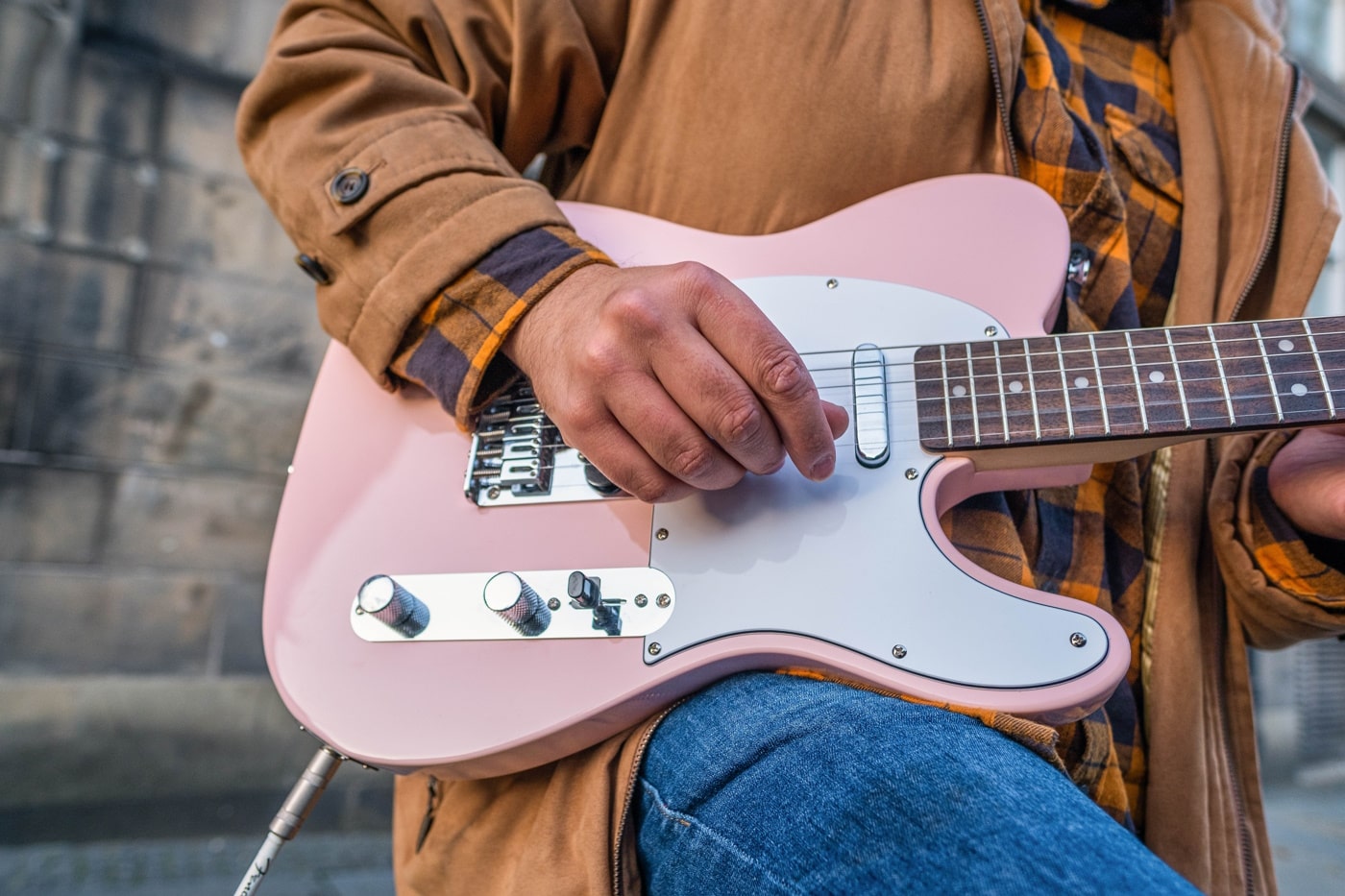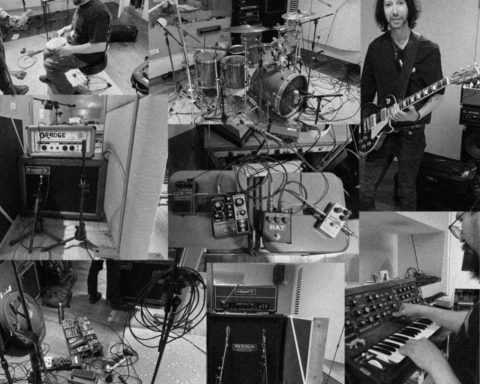The electric guitar has become one of the most iconic instruments in modern popular music, with a unique sound that’s been heard from studios to stages around the world and has become an iconic instrument for numerous genres. Thanks to its versatility and range, players of all styles and levels can find something that suits their playing style.
The telecaster is one of the most popular types, renowned for its bright, rich tones that can carry across any ensemble or musical landscape. However, like any other type of electric guitar, the sound is determined largely by the telecaster pickups used in a given setup and understanding how they work can open up a whole world of tonal possibilities.
So, in this blog post, we’ll explore the different sounds that can be achieved with Telecaster guitar pickups and the various configurations available, so you can start to unlock your own unique sound. We’ll cover everything from pickups and wiring to tone control and effects, to give you the most comprehensive guide to getting the best possible sound out of your Telecaster
1. Exploring the Difference between Single Coil and Humbucker Pickups
One of the most defining characteristics of a Telecaster guitar is its pickup options. There are two main choices: single coil and humbucker pickups. Each type offers its own unique sound and tonal possibilities, so it’s important to understand the differences between the two, and how they can impact your overall sound.
Single coil pickups are the most classic, and are known for their signature twangy, bright, and cutting sound. This type of pickup is lighter and more balanced than humbuckers, making it the preferred choice for many country and blues players. Humbucker pickups, on the other hand, are known for their warmer, more rounded tone. This type of pickup is heavier, and has more output than single coils, making it the ideal choice for rock and metal players.
2. Utilizing the Fender 5-way Switch
The Fender 5-way switch is a unique feature found on Telecaster guitars that can be used to unlock a wide range of tonal possibilities. By utilizing this switch, guitarists can switch between pickups to create different tones. The switch allows you to select which pickups you want to use and in what combination.
For example, you can choose between the bridge pickup, middle pickup, and neck pickup. You can also use the switch to select a combination of pickups, such as the bridge and neck pickup together. By using the Fender 5-way switch, you can truly unlock the tonal possibilities of your Telecaster guitar pickups.

3. Utilizing the Tone Knob
One of the great things about Telecaster guitar pickups is the ability to adjust the tone. While there are some guitars with tone knobs, the Telecaster has the advantage of having two pickups that can be adjusted independently. This means that the tone of each pickup can be adjusted to the player’s needs. The tone knob, which is located on the bridge pickup, is the easiest way to adjust the tone of the pickup. By turning the knob clockwise, the treble frequencies are increased and the bass frequencies are decreased.
Turning the tone knob counterclockwise will do the opposite. This adjustment can be made until you get the desired tone that you are looking for. With the tone knob, you can easily adjust the tone of the Telecaster guitar pickups without having to rewire or replace them.
4. Understanding the Different Pickup Magnet Types
After you’ve decided on the type of Telecaster you want, the next step is to understand the different pickup magnet types. Single-coil and humbucker pickups are the two main types of magnets. Single-coil pickups are more lightweight and provide a brighter, crisper sound. Humbuckers tend to be heavier and have a fuller, more powerful sound. The type of magnet you choose should be based on the sound you’re looking for.
You can also mix and match magnet types to create a hybrid sound. For example, a single-coil in the neck and a humbucker in the bridge can provide the best of both worlds. Additionally, you can choose from different magnet types like Alnico, Ceramic, and Neodymium to give your pickup a unique sound. Learning about the various magnet types and their benefits can help you unlock the true potential of your Telecaster guitar pickups.
5. Experimenting with Wiring Configurations
Experimenting with wiring configurations for your Telecaster guitar pickups can be a great way to unlock a range of different sounds. The Telecaster is wired with a three-way toggle switch and two knobs (one for volume and one for tone). Customizing the wiring of these components can give you a range of sounds, from bright, clear notes to distorted, crunchy riffs.
By adding a few extra components, such as capacitors and resistors, to the circuit, you can fine-tune the way the pickups interact with the electric guitar strings. With some experimentation, you can find a wiring configuration that perfectly fits your style of playing.
In terms of tone shapes available with telecasters, there are several worth exploring depending on what type of genre/style you play:
- Vintage | Not compressed, lots of sparkle & jangle – great for older country, jazz & rock n roll
- Balanced | A clean sound without necessarily sacrificing brightness – heard in Country, Pop & Folk Music
- Heavy | Highly compressed signal with high gain saturation – perfect for Rock & Metal since it cuts through mix easily
- Hi-fi| Cleaner sounding than the vintage tone making it ideal for almost any genre requiring clarity & articulation because notes bypass compression stage
Conclusion
Whether you’re just starting out or an experienced player looking to upgrade your tone shaping capabilities; understanding how telecaster pickups work will enable you to unlock a whole new level of creative expression through your instrument! With careful selection & experimentation, you’ll quickly discover why this type has remained so versatile & popular over time regardless whether you’re playing classic songs or modern covers.














